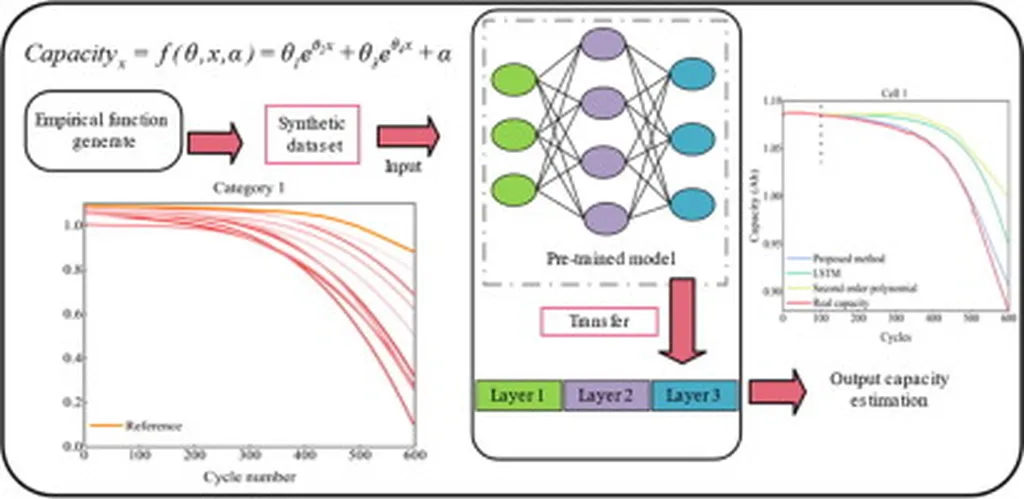In the relentless pursuit of high-performance lithium-ion batteries, researchers are turning to an unlikely ally: machine learning. A recent study published in *MetalMat* (translated from Chinese as *Metallurgical Materials*) sheds light on how machine learning (ML) is revolutionizing the design and discovery of electrode materials, potentially slashing development times from years to months.
At the heart of this transformation are descriptors—quantifiable properties that help ML algorithms predict material performance with remarkable accuracy. Xiran Zhao, lead author of the study and a researcher at the Institute for Energy Electrochemistry and Urban Mines Metallurgy at Northeastern University in Shenyang, China, explains, “Descriptors play a critical role in ML processes. Accurate descriptors can significantly improve prediction accuracy, achieving over 92% validation accuracy in density functional theory (DFT)-calibrated models.”
The study highlights how ML algorithms can streamline data extraction from open-source repositories, reducing experimental iterations by a staggering 75%–80%. This efficiency is a game-changer for the energy sector, where the demand for faster, more efficient battery development is paramount. “This review is to provide insights into dataset construction and ML-compatible descriptor generation,” Zhao adds, emphasizing the potential to accelerate electrode material discovery from conventional 5–7 years to less than 18 months in recent cases.
The implications for the energy sector are profound. Lithium-ion batteries are the backbone of electric vehicles, renewable energy storage, and portable electronics. By leveraging ML-driven design, researchers can expedite the discovery of new materials, enhancing battery performance, longevity, and cost-effectiveness. This could lead to more affordable electric vehicles, more reliable grid storage solutions, and a broader adoption of renewable energy technologies.
However, the journey is not without challenges. The study also analyzes future hurdles in descriptor acquisition, noting that while open-source databases offer rich material data, their operational complexity can hinder effective utilization. Addressing these challenges will be crucial for realizing the full potential of ML in battery research.
As the energy sector continues to evolve, the integration of ML and data mining could very well shape the future of battery technology. The research by Zhao and colleagues, published in *MetalMat*, offers a glimpse into a future where data-driven innovation accelerates the pace of discovery, bringing us closer to a sustainable energy future.

